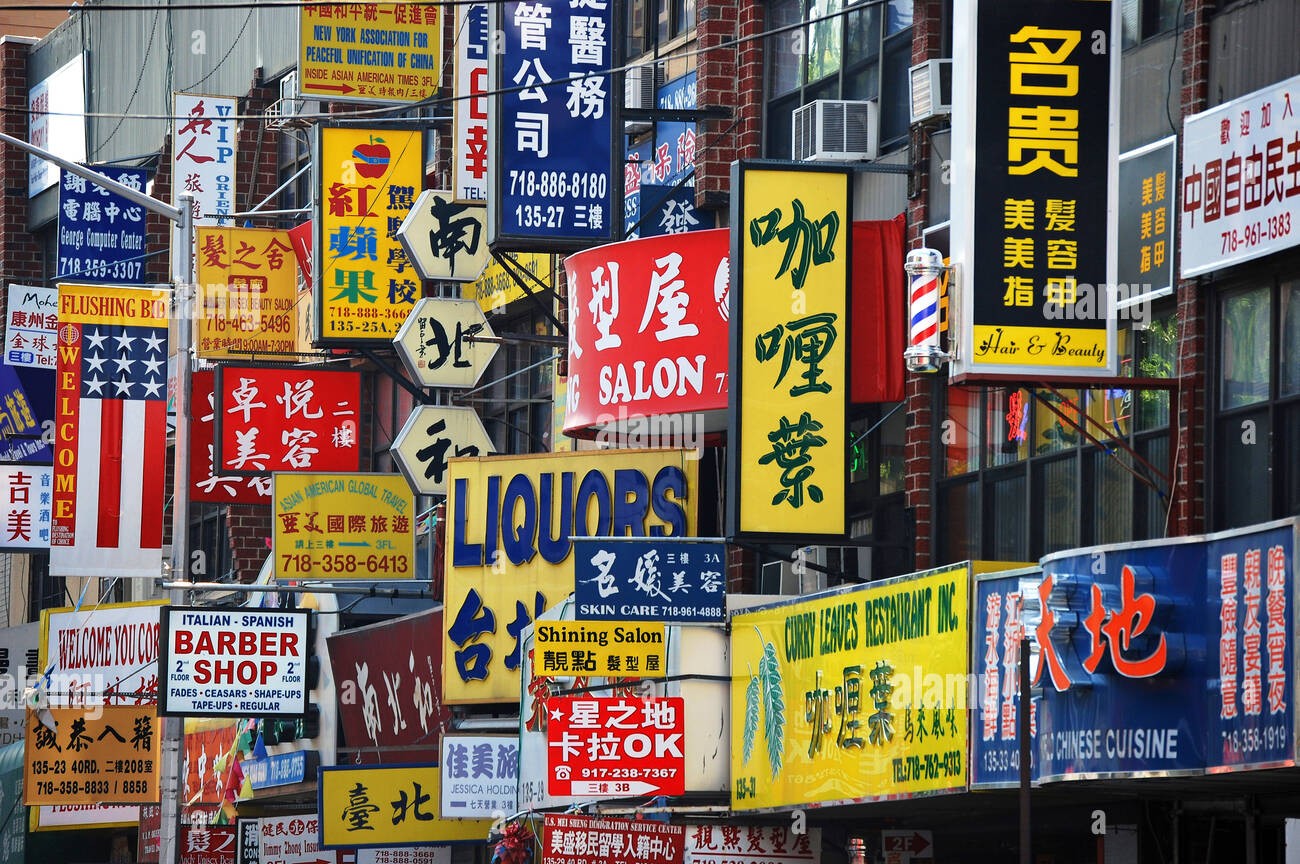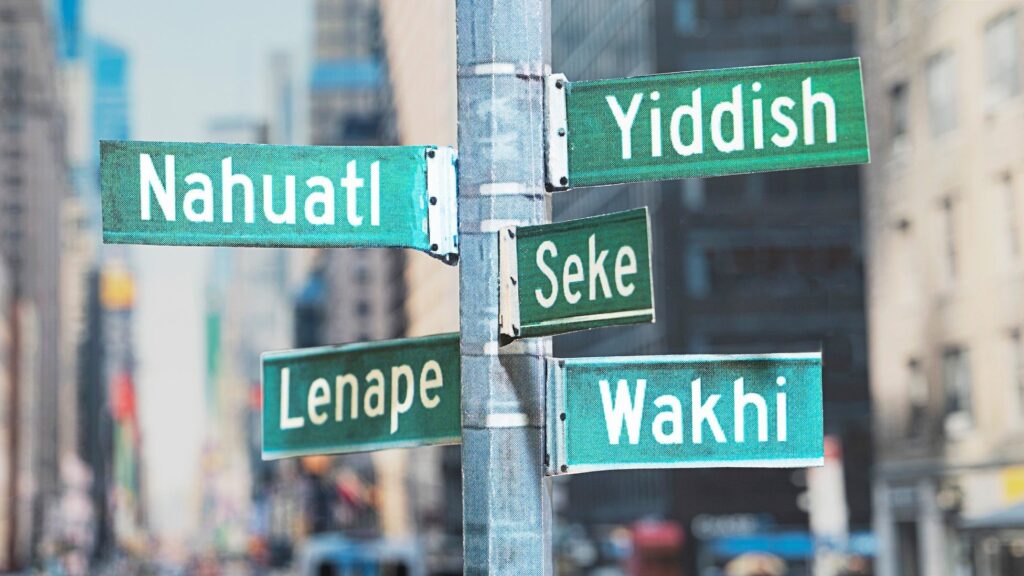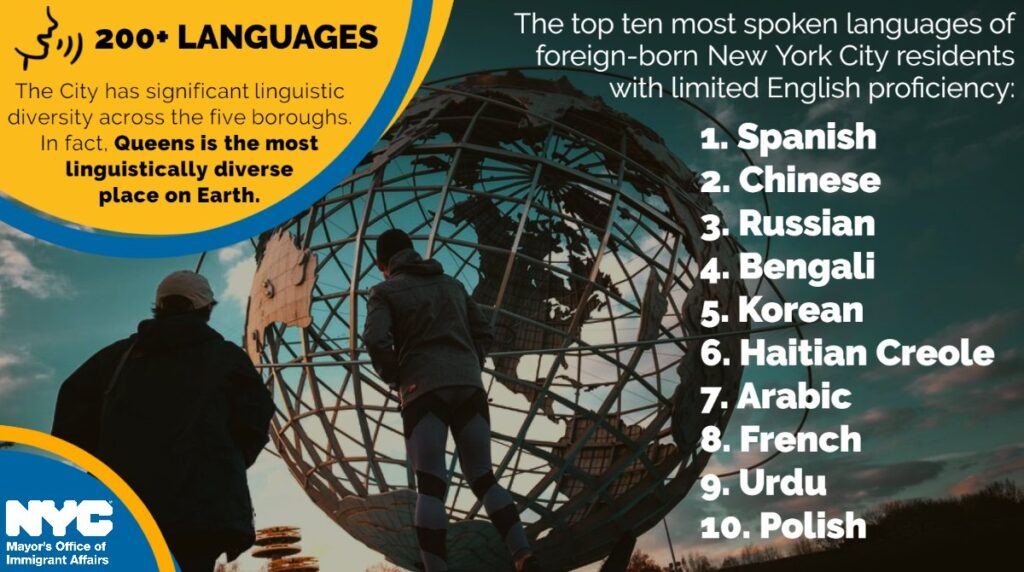The City of 700 Languages: New York, the World’s Most Linguistically Diverse City

In the bustling avenues of New York City, the clamor of voices is more than urban background noise—it’s a living symphony of the world’s languages. With over 700 languages spoken, New York is not only the most linguistically diverse city on Earth but also one of the most culturally interconnected places in human history. From endangered Indigenous dialects to globally dominant tongues, the city offers a daily reminder that language is identity, survival, and legacy.

How Did New York Become So Linguistically Diverse?
New York’s journey toward linguistic richness began with its very founding. Originally established by Dutch settlers as New Amsterdam in the early 1600s, the city was a commercial hub from the outset. It attracted people from various European nations even before it was handed over to the British and renamed New York in 1664.
But the true explosion in linguistic diversity came in the 19th and 20th centuries, with massive waves of immigration from across Europe, Asia, Latin America, the Caribbean, and later, Africa and the Middle East. Ellis Island became the gateway to a new life for millions. By the early 1900s, neighborhoods were forming around shared languages: Italians in Little Italy, Yiddish-speaking Jews on the Lower East Side, Irish in Hell’s Kitchen, and Germans in Yorkville.
Today, modern immigration from countries like China, Mexico, the Dominican Republic, Bangladesh, Haiti, Russia, and Nigeria continues to enrich this tapestry.
Where Are These Languages Spoken?
While all five boroughs of New York City are multilingual, Queens stands out as the most linguistically diverse area on the planet, with over 150 languages spoken. Walking down Roosevelt Avenue in Jackson Heights, one might hear Spanish, Hindi, Nepali, Tagalog, Urdu, and Tibetan all within a few blocks.
In Brooklyn, Russian dominates Brighton Beach, while Arabic, Haitian Creole, and Polish are common in other neighborhoods. The Bronx features large communities speaking Spanish, Albanian, and West African languages, while Manhattan includes Chinese (especially in Chinatown), as well as French, Hebrew, and Korean. Staten Island, often overlooked, has strong Italian, Sri Lankan, and Russian-speaking communities.
Rare and Endangered Languages Find Refuge
One of the most extraordinary aspects of New York’s linguistic diversity is that it is a refuge for rare and endangered languages—some of which are barely spoken in their countries of origin anymore.
Examples include:
- Wolof (Senegal)
- Garifuna (spoken by Afro-Indigenous people of Central America)
- Mamuju (Indonesia)
- Chuvash (Russia)
- Mixtec and Zapotec (Indigenous languages from Mexico)
- Quechua (Peru, Bolivia, Ecuador)
For many speakers, New York is the only place where they can find someone else to talk to in their native language.
Language and Daily Life in NYC
New Yorkers navigate a complex multilingual world every day. It’s not unusual to hear five different languages spoken on a single subway car. Many city services—from hospitals to schools to courts—offer interpretation in over 200 languages. Multilingual signs in public spaces and announcements in transit systems are commonplace.
In neighborhoods like Flushing (Queens), Chinatown (Manhattan and Brooklyn), Little Odessa (Brighton Beach), and Little Guyana (Richmond Hill), language is at the heart of community life. Restaurants serve menus in multiple languages, churches offer bilingual services, and local radio stations broadcast in Spanish, Bengali, Mandarin, Urdu, and more.
Education and Multilingualism
New York City schools reflect this diversity. The Department of Education serves over 180 languages among students, with many schools offering dual-language or bilingual programs in Spanish, Chinese, Russian, French, Arabic, and Haitian Creole.
Many children grow up speaking one language at home, another in school, and a third among friends—making multilingualism a normal part of their identity. This fusion of cultures and languages helps build bridges of understanding and empathy from a young age.
Preserving the Voices of the World: The Endangered Language Alliance
Founded in 2010, the Endangered Language Alliance (ELA) is a New York-based nonprofit organization working to document and preserve rare and endangered languages in the city. They collaborate with native speakers to record oral histories, develop dictionaries, and promote cultural pride.
ELA’s “Languages of New York” map has revealed astonishing statistics—such as dozens of unique languages spoken in a single neighborhood—and raised awareness of how urban diversity can be a powerful force for preservation rather than extinction.
Challenges to Linguistic Diversity
Despite this richness, challenges remain. Some languages are fading as newer generations shift toward English. Economic pressure, cultural assimilation, and lack of access to mother-tongue education can weaken ties to ancestral languages.
Efforts are being made by community centers, activists, and cultural institutions to revive and maintain fluency, especially among youth. Storytelling, language classes, music, and festivals are used to keep languages alive and relevant in a modern urban environment.
Why New York’s Linguistic Landscape Matters
Language is more than a means of communication—it’s a carrier of culture, history, values, and worldview. In New York City, this truth is on display every day in countless accents, scripts, and oral traditions. The city’s linguistic diversity is not just a curiosity—it’s a symbol of its openness, resilience, and global identity.
At a time when many parts of the world are seeing the disappearance of languages at an alarming rate, New York serves as a beacon of preservation and a case study in what global coexistence can look like.

Conclusion: One City, Many Tongues
New York City is not just a city of skyscrapers and finance—it’s a city of stories, spoken in hundreds of languages. It’s a place where the past and future of global cultures collide and collaborate. Whether you’re speaking English or Nahuatl, Swahili or Cantonese, New York says: you belong.
In this city, language lives—not in books or museums, but in conversations, street corners, classrooms, and hearts. It is truly the City of 700 Languages, and perhaps the most human city in the world.




